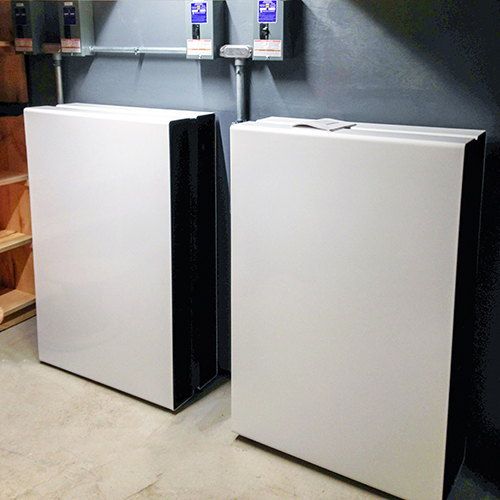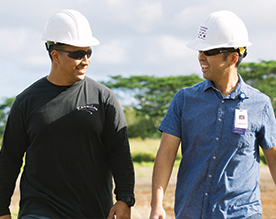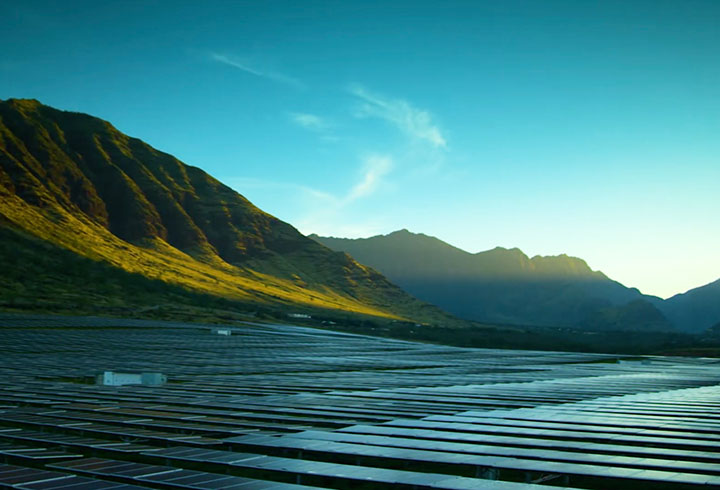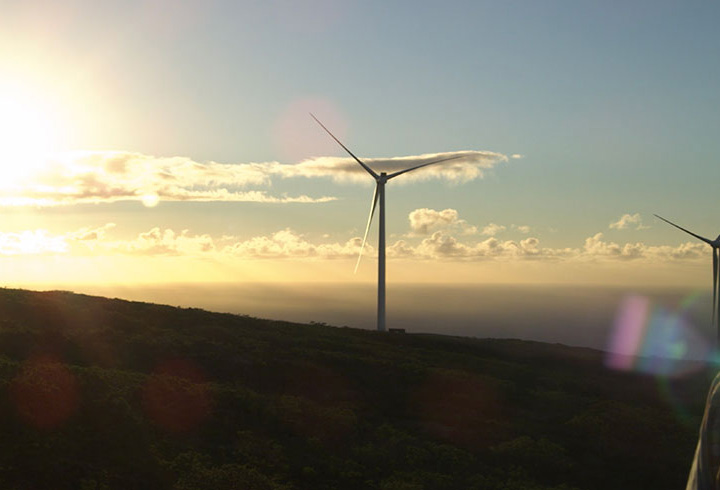Questions?
We have answers to some questions about our renewable energy programs. View our FAQs
- Electric Vehicles
- Save Energy & Money
- Business Account Services
- Smart Renewable Energy Programs
- Customer Incentive Programs
Customer Interconnection Tool
Use our Customer Interconnection Tool to submit and manage applications for the Smart Renewable Energy programs.
Smart Renewable Energy Programs
We are now offering new renewable energy programs that are designed to be simpler and more equitable in the long term. These Smart Renewable Energy programs (also know as Smart DER) are available to new and existing customers. All participants in the Smart Renewable Energy programs must have an advanced meter and be enrolled in a Shift and Save rate. NEM and NEM+ customers are not required to transition to the new Smart Renewable Energy programs.
-
Smart Renewable Energy Export provides export bill credits available to all renewable technologies with no project size limits.
-
Smart Renewable Energy Non-Export allows all technologies and project sizes but does not allow for export.
-
Bring Your Own Device (BYOD) allows customers to receive incentives for installing a new battery and dispatching during specified time periods.
New customers will need to apply for programs using the Customer Interconnection Tool. Existing customers who want to transition to the new programs must complete the transition form below.
Which program is right for me?
Answer the questions below to learn about which programs could apply best to you.
Are you currently enrolled in a renewable energy program?
Which renewable energy programs are you enrolled in?

Customer Grid-Supply
(CGS)

Customer Grid-Supply Plus
(CGS Plus)

Smart Export

Standard Interconnection Agreement
(SIA)

Customer Self-Supply
(CSS)

Net Energy Metering &
Net Energy Metering Plus
(NEM) & (NEM Plus)

Battery Bonus
Are you interested in adding solar or other renewable energy to your property?

Do you want to export energy to the Hawaiian Electric grid in exchange for bill credit?

Do you want to add a battery to your property for bill credit?

Are you a residential customer?

Are you on Schedule G, Schedule J or on any TOU variant of those rates?

Renewable energy programs will be available for you soon!
Service for Smart Renewable Energy will be expanded to cover more rates on July 1, 2024.
Do you want to add a battery to your property for bill credit?

Are you a residential customer?

Are you on Schedule G, Schedule J or on any TOU variant of those rates?

Check out these renewable programs
Previous Programs
Customers in most existing programs will be able to transition to the new renewable energy programs.
- Customer Grid-Supply, Customer Grid-Supply Plus, and Smart Export customers will be transitioned to the Smart Renewable Energy Export program after 7 years in their current program. The earliest transitions will begin on Oct 1, 2024.
- Standard Interconnection Agreement and Customer Self-Supply customers will be given the option to transition to the Smart Renewable Energy Non-Export program.
- Battery Bonus customers will be given the option to transition to the Bring Your Own Device program.
- Net Energy Metering (NEM) and Net Energy Metering Plus (NEM Plus) customers are not impacted at this time. There will be no changes to NEM and NEM Plus.

We still offer support for various programs that are closed to new customers. Learn more at our Previous Renewable Programs page.
Not able to install solar?

Not everyone is able to install solar panels but there is still a way to benefit from solar power without installing panels. Shared Solar is a program that allows customers to use solar power from a participating solar facility, also known as a subscriber organization. This works by allowing customers to purchase one time subscriptions to leverage the output of a solar facility against their consumption. Available facilities can be found on the Community-Based Renewable Energy Project Site
Apply Online and Download Forms
You may access the Customer Interconnection Tool to apply online. Please see our How To Guide (PDF), How To Make An Amendment Guide (PDF), Training Video, and Frequently Asked Questions for more information.
How to submit an application for Smart Renewable Energy (SRE)
Amendments
If you have an existing Solar Agreement with Hawaiian Electric, and wish to add, remove, or replace equipment, please submit an amendment through the Customer Interconnection Tool. Amendments are subject to review.
Any new equipment must meet current technical standards, and any new capacity may be limited by the available capacity of your program.
Change of Ownership
Planning to sell or purchase a property with a rooftop solar system already installed, or one with a pending agreement in place? Click here for more information.
Additional Distributed Energy Resources (DER) Forms













